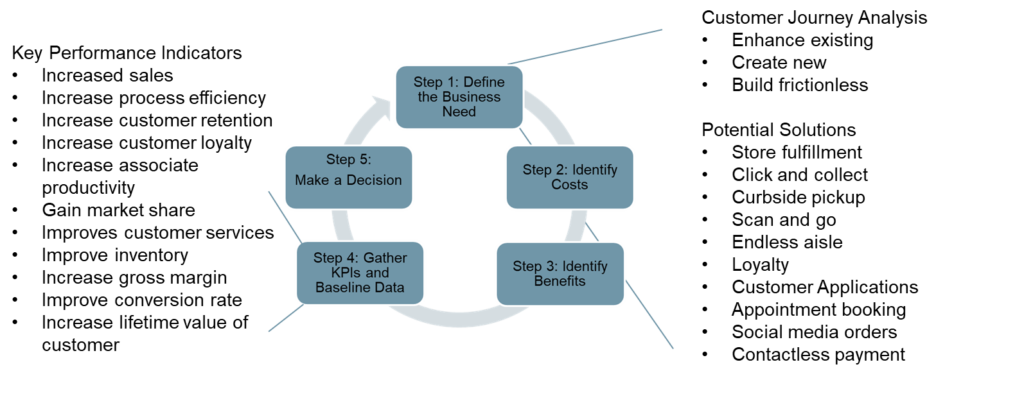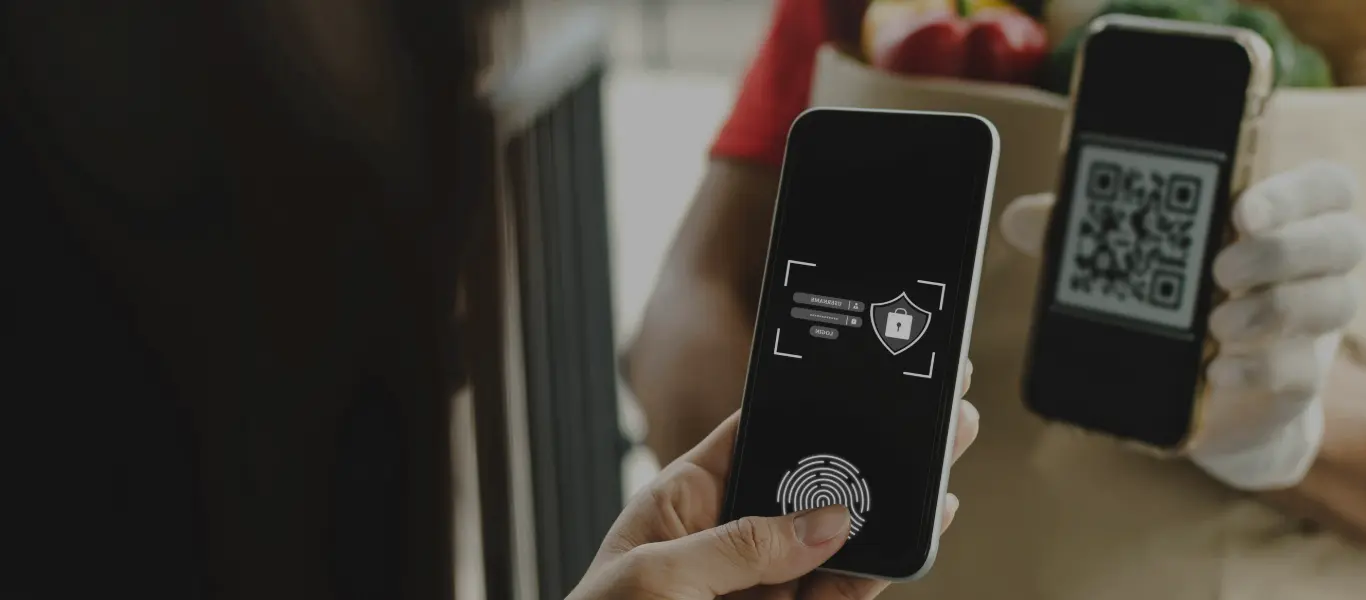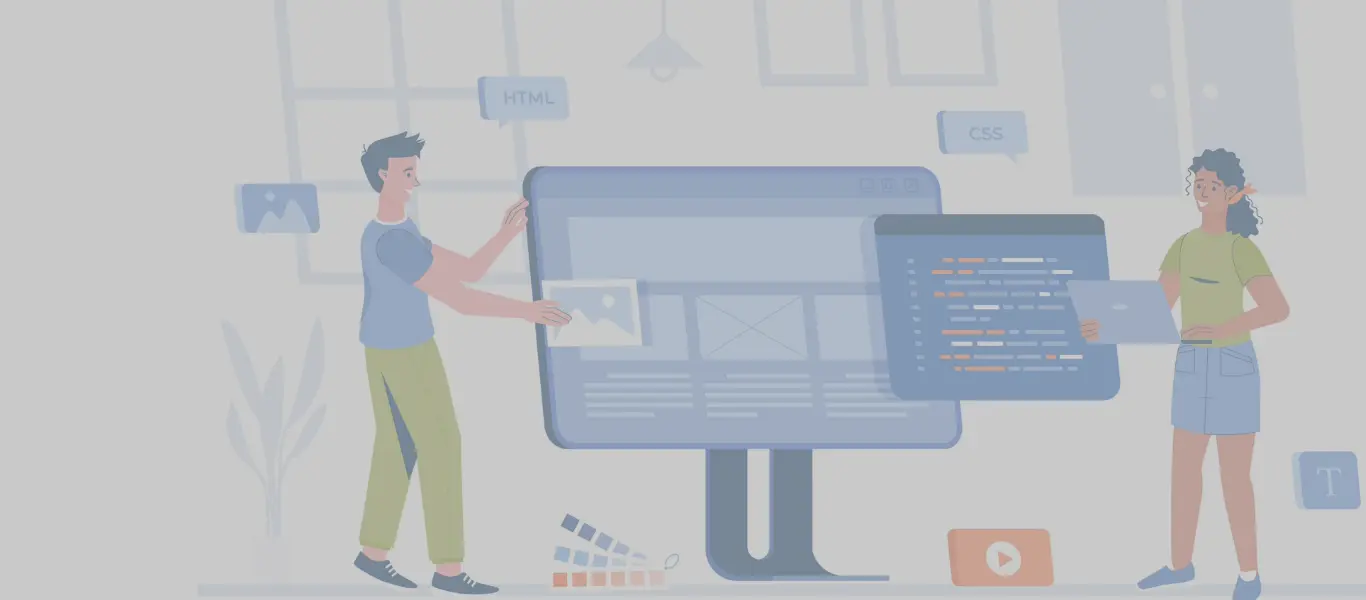
This is the fourth blog in a series of four blogs( Read Blog 1, Blog 2 and Blog 3) from SkillNet on how Modern Commerce Leaders have used technology to digitally transform their retail businesses to adapt to the New Normal. This ability to adapt, gives these brands a competitive advantage. While the blogs are connected each of them can be read independently.
The last year has been challenging for almost every company’s bottom line. Even essential businesses like Grocery stores that saw a revenue lift, have also seen tight margins as labor and product costs rose. In this time of uncertainty, it may be hard to convince internal decision makers to make investments which will provide long term benefits.
On a recent call, a client mentioned that they convinced a skeptical Chief Financial Officer (CFO) to invest in a new multi-million dollar app enhancement by simply demonstrating how easy it was to complete a purchase on a competitor’s mobile app, “within 5 minutes, because I was able to show how easily I could purchase a $30 Mr. Coffee Maker on my competitor’s app, I got the funding I had been asking all year”.
Change is often initiated as a reaction to market or competitive forces. However, a true Modern Commerce Leader is often trying to be an innovator, before these forces become apparent, and may not have the easy argument “our competitors are doing it”. In those cases, a more strategic approach may need to be taken to get stakeholders to agree to not only a major financial investment but a commitment that their organization will adopt new operational process changes.
At SkillNet, we look at developing a Return on Investment (ROI) model for retail businesses as a 5-step strategic effort:
- Step 1: Define Business Needs
- Step 2: Identify Costs
- Step 3: Identify Benefits
- Step 4: Gather KPIs and Baseline Data
- Step 5: Make a Decision
In our experience, getting a retail customer journey defined in step 1 is critical and its effort is often underestimated. The retail customer journey could be a new or enhanced process, but a trend we have seen accelerate over the last year is the re-platforming of existing journeys to new platforms. An example of this re-platforming is the replication of the in-store shopping experience through mobile applications. Retailers, across both softlines and hardlines, are offering virtual chats with in-store sales associates. Others are creating a curbside pick-up process that allows for complimentary sales to make up for the loss of impulse purchases that would normally happen in stores. Once these retail customer journeys are identified and mapped, potential solutions can be identified.
We also see many Retailers stumble when trying to see if their initiatives actually paid off. Hence we make sure to include step 4, where Key Performance Indicators for retailers are identified prior to making a decision. Below is a model for a recent ROI exercise just completed for another client which highlights the potential solutions based on the retail customer journeys and some key performance indicators for retailers that were considered.

The major benefit of taking a more strategic view when justifying a project is the alignment you will gain from stakeholders. The benefits of this alignment include a common stakeholder understanding on how your retail customer’s experience will improve, the costs to get there, and what subjective and objective metrics will prove you made your innovation goals.
Watch the Webinar on customer engagement – Real Engagement is the new normal






 Engenharia
Engenharia







